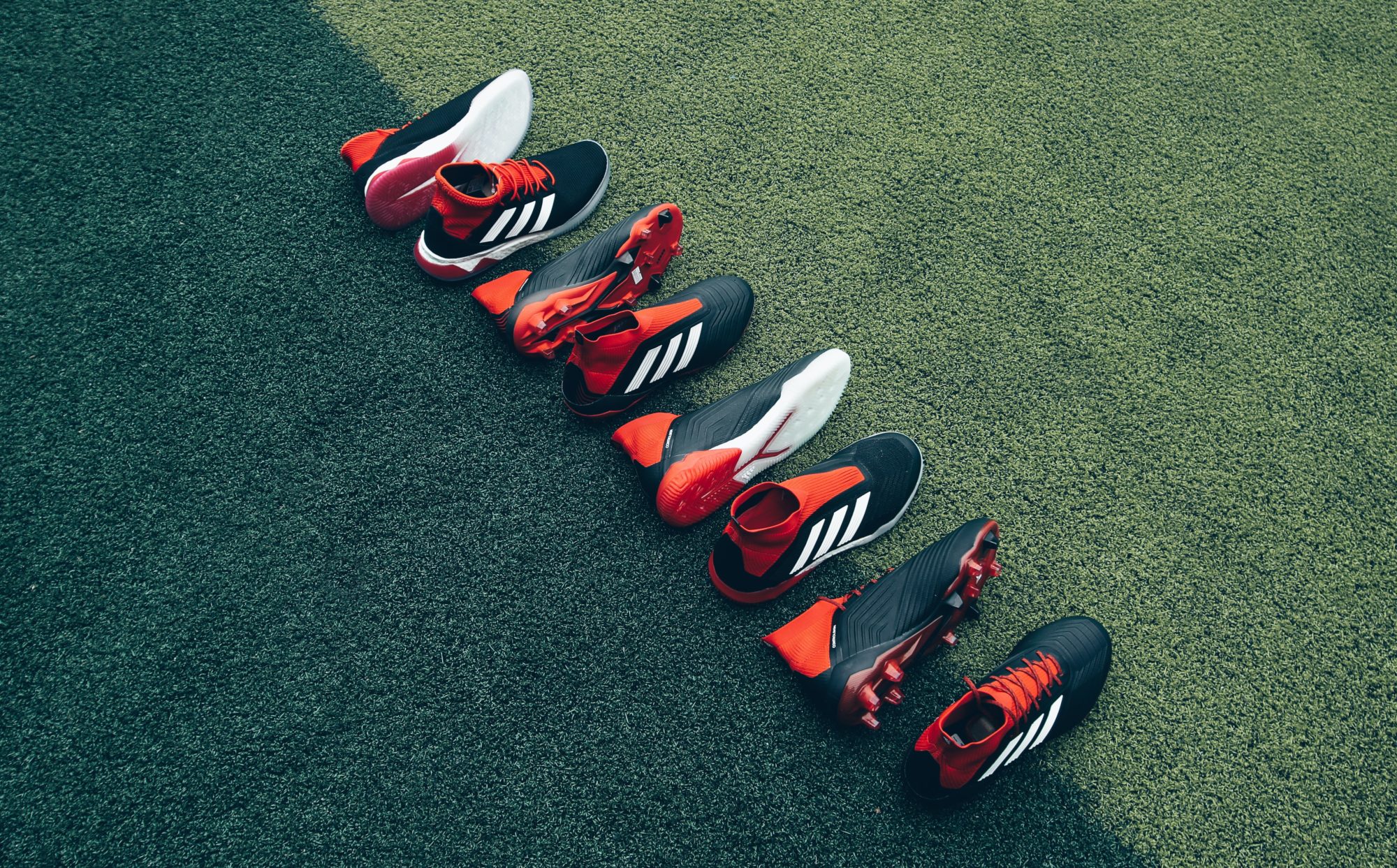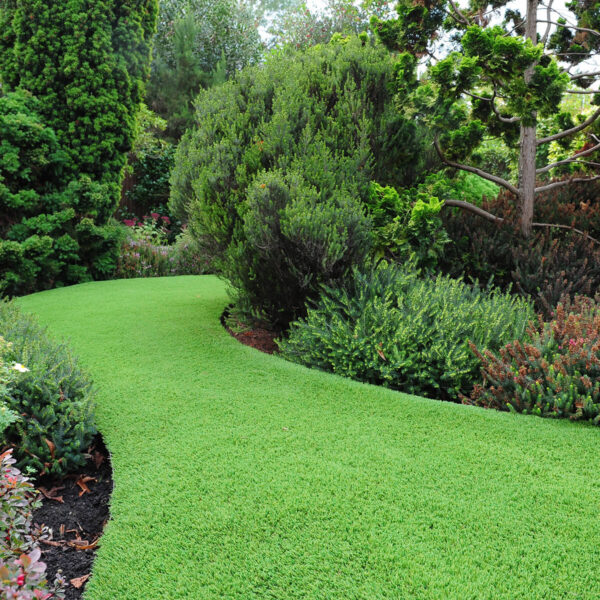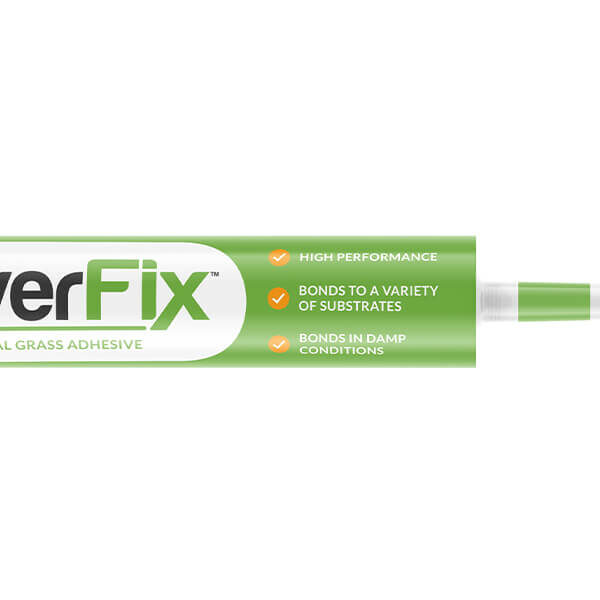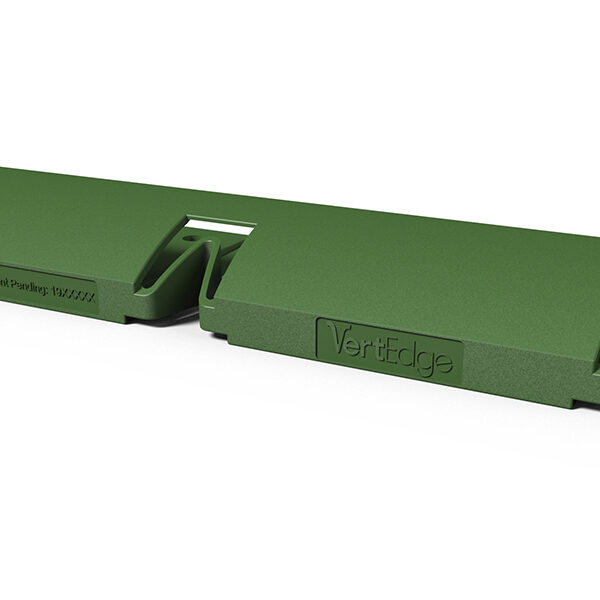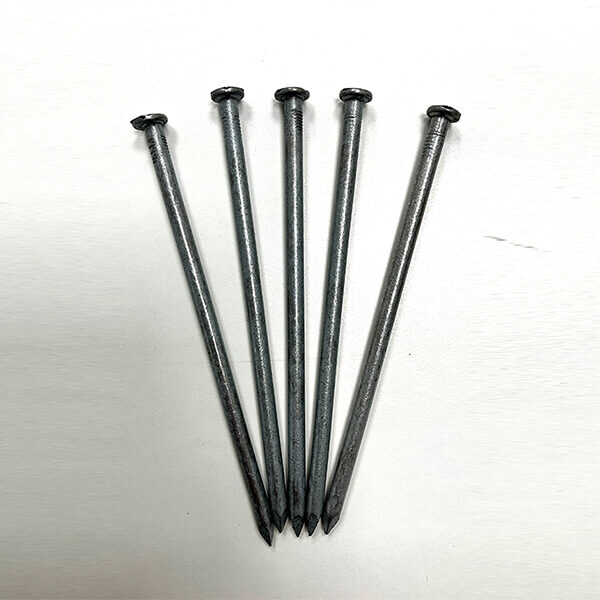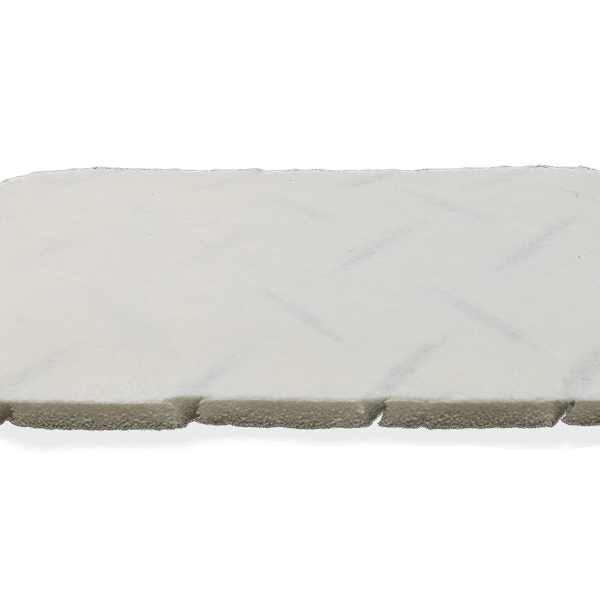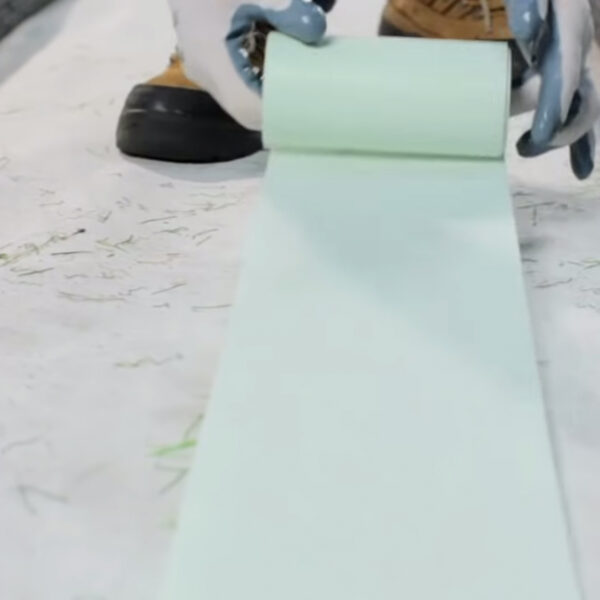This guide will walk you through all you need to know about astro turf, including; the origins of astro turf, the difference between astro turf and artificial turf, plus the uses of astro turf.
Astro Turf Origins
Many people believe astro turf to be another name for artificial turf, however, this isn’t necessarily true.
Astro turf originally came to light around 60 years ago all the way back in 1965, not as a product, but as a company. James Faria and Robert Wright founded this company and sold astro turf under the name ChemGrass, but promptly changed their name to “AstroTurf” shortly after launch.
Not long after AstroTurf’s formation, they blew up big time by installing astro turf in the Houston Astrodome which was home to the major league baseball side, aptly named the Houston Astros…as you might be able to tell, there was a big astro-based theme going on in Houston during the ’60s.
Regardless, this was a big improvement on what was usually painted dirt as a playing surface. The general public found that astro turf made the game of baseball more exciting, and this was down to the vast improvement of the playing surface. Astro turf made the ball travel faster and bounce higher, making baseball games more hectic and enthralling.
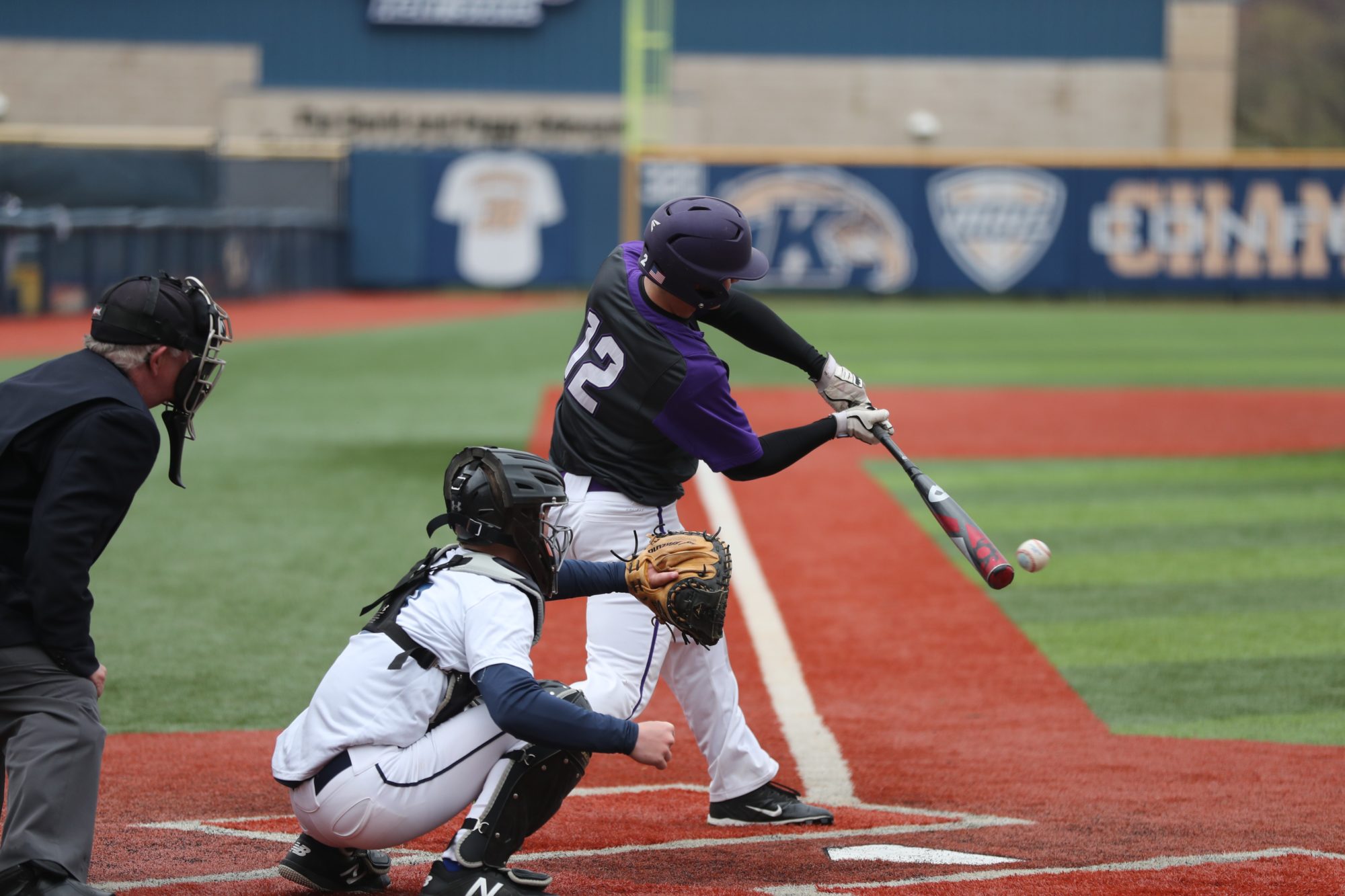
From here, AstroTurf became the market leader for artificial turf in America and set a high standard for astro turf going forward, with super bowls, world series and European football being played on the revolutionary surface.
Unfortunately for AstroTurf, competitors were on the rise in the early 2000s. These competitors led to the downfall of AstroTurf as they declared bankruptcy in 2004. Since 2004, the AstroTurf name has been purchased and passed around by various companies who have tried to revive the artificial sporting surface.
Uses Of Astro Turf
In current-day applications, astro turf is used almost exclusively for sporting events and arenas.
Sports that utilise astro turf include the following:
- Football pitches
- Hockey grass
- Tennis courts
- Baseball grounds
- Cricket grounds
- Rugby fields
- Golf courses
- American football pitches
- Bowls lawns
- Lacrosse
- Ultimate frisbee courses
- Badminton courts
- Futsal pitches
- Multi-use game areas (MUGAs)
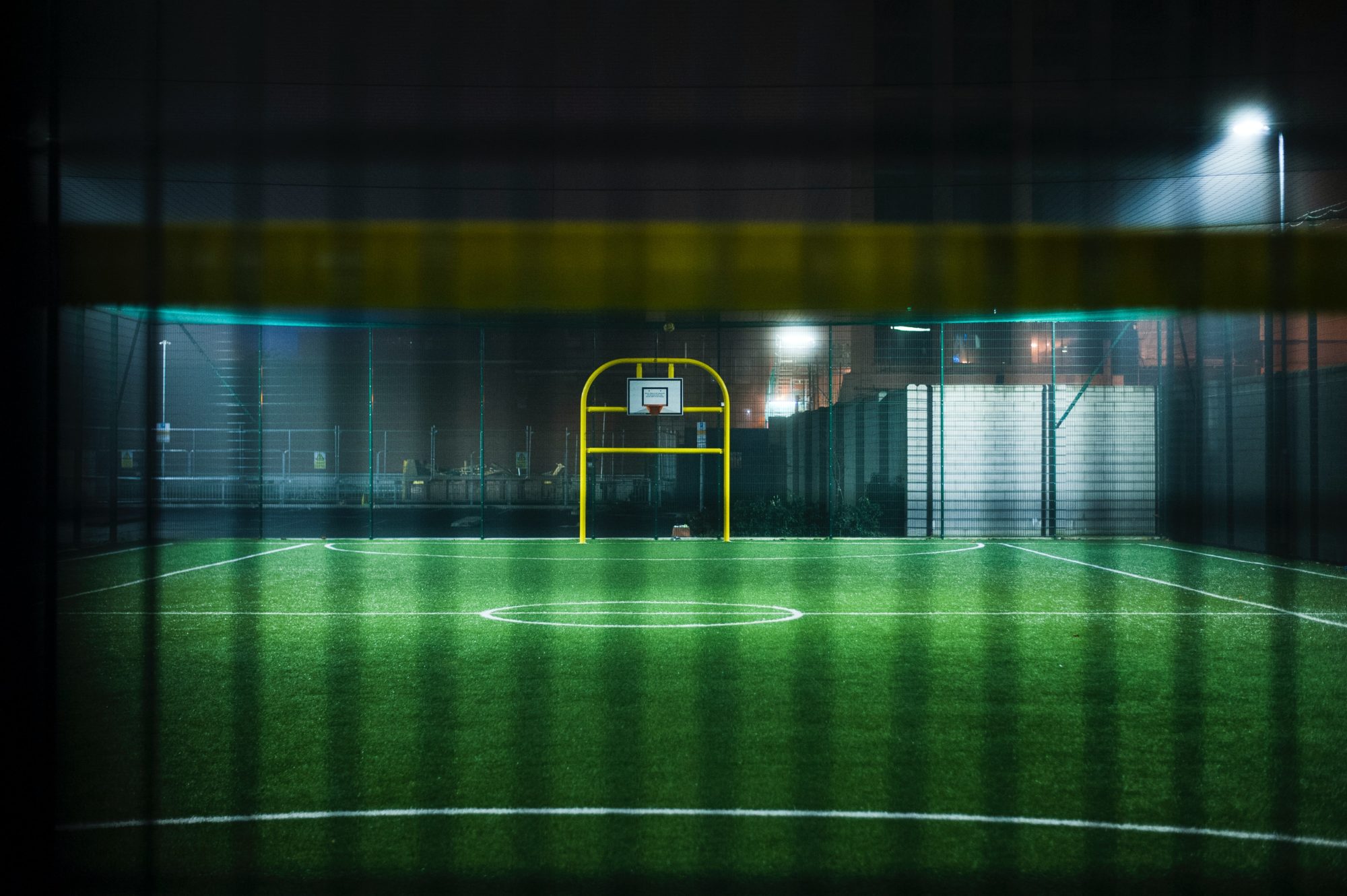
What Is The Difference Between Astro Turf & Artificial Turf?
The key difference between astro turf and artificial turf is mainly down to how both products are used. Astro turf is primarily used for sporting and outdoor events due to its toughness. In general, the term astro turf is rarely used in the UK anymore when referring to artificial turf, instead, astro turf is usually associated with artificial turf that is sand filled. People choose to sand infill their astro turf in order to increase its rigidity and strength when being used in sports or areas with high amounts of foot traffic.
Additionally, astro turf can also be mistakenly used to describe 3G grass. 3G grass stands for third-generation synthetic surface as it is comprised of synthetic turf which utilises both sand infills and rubber infills. These pitches are rising to prominence across European football and are growing ever more popular by the day. However, it is important to remember that 3G is not quite astro turf.
Finally, we have artificial turf. Artificial turf is a lot more common than astro turf or 3G grass, as it is used pretty much anywhere that has a flat surface. This includes; back gardens, front lawns, displays, gyms, events, and pretty much any other indoor surface. Artificial turf has the most uses out of 3G and astro turf, as sand and rubber infills aren’t necessary for artificial turf to be used. Artificial turf is also available in various different colours, pile lengths, and textures. What’s more, LazyLawn has developed artificial turf that utilises state-of-the-art technology to use UV rays to neutralise nasty odours left by pets!
Astro Turf FAQs
How much does it cost to lay astro turf?
The cost of laying astro turf can vary, and depends on the size and intended application of the turf. We recommend getting a quote from a professional astro turf layer for a more accurate price. Fortunately, LazyLawn offers a professional installation service for all of your artificial grass and astro turf needs.
How is astro turf laid?
Astro turf is laid in the same manner as other artificial turfs. You create an edge, lay a base, apply a membrane, and then lay and trim the artificial grass to suit your needs. Whilst the process sounds simple, it is very much easier said than done!
Can you lay astro turf yourself?
Yes, you can lay astro turf yourself. However, it is not recommended to lay astro turf yourself unless you are experienced in doing so. When laying astro turf, missing one step or doing something incorrectly could mess up the whole project. This would cost way more than a professional installation.
Regardless, if you wish to lay astro turf yourself, read our DIY installation guide for tips and guidance.
Is astro turf good for dogs and pets?
Yes, astro turf is usually fine for dogs and other pets, as long as you do not have large or coarse infills on your astro turf. Some dogs and other pets may try to eat rubber or sand infill, which isn’t exactly ideal.
The best artificial turf for dogs and pets is from the LazyLawn AIR range, which is made specifically for pets by keeping them safe from infills and naturally neutralising odours by using UV rays.
If you would like to learn more about artificial turf and dogs, read our artificial grass for dogs guide.
